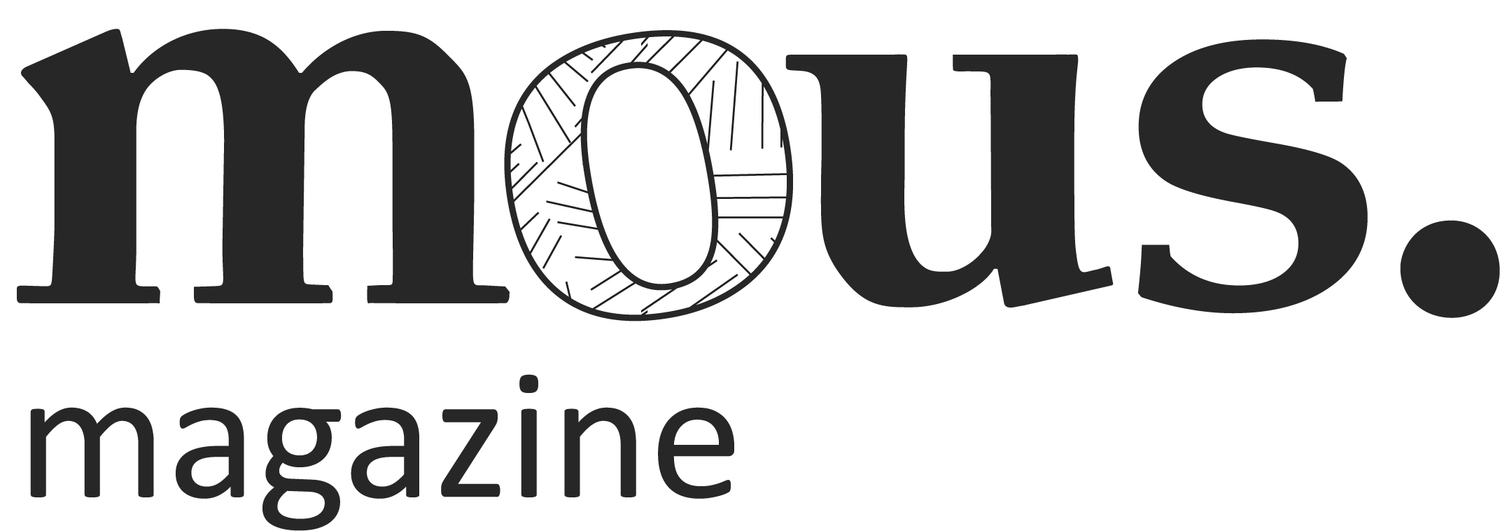Now that you’ve decided on the topic for your article, interviewed your original sources and gathered your supplementary sources, it’s time to start writing your article. Below is a general structure for a feature article.
THE LEAD
Your lead sentence should grab the reader. This is your first and sometimes only moment to impress the reader and keep them reading your article. If you’re writing for a print publication you have a few more sentences than you do online. Generally speaking, a reader of a print magazine will take a little more time to get into your story. Online however, attention spans are short and there is A LOT of content so you need yours to stand out.
There are a few approaches for your first sentence:
1. A highly descriptive lead that sets the scene for the reader.
Eg. “As I lay in bed, legs splayed with my underwear tangled around my ankle, I couldn’t help but feel a sense of disgust.” Ruby Jones, Mous Magazine
2. Make a statement
Eg. “When you’re in the closet, you imagine coming out to be this really transformative experience that will fix all of your ills and problems.” – Anthony Nocera, Mous Magazine.
3. Say something relatable and then flip it.
“If you’ve ever been overloaded with uni work or had a rough day at the office and thought, “screw it, I’ll just become a stripper”, I have some bad news for you: strip clubs in Melbourne are becoming increasingly competitive, making getting – and keeping – a job exceptionally difficult.” Ruby Summers, GOAT.
THE OPENING PARAGRAPH
Following on from your lead sentence you need to tell the reader why they are reading. Unlike news reporting, you don’t want to give them the who, what, when, where and how of the story, but by the end of the first paragraph or two (depending on how long your word count is) you need to reveal what your article is REALLY about.
THE STORY
Now you’re on to the main part of your story. This is where all those sources you interviewed come in. Take time to describe your interviewees and the setting you met them in and think about how it adds to the overall story.
The best feature articles are quote rich, they allow the interviewees or talent deliver the informative crux of the story and, as a writer, you provide the context and description surrounding those quotes.
It’s important to remember, when you are writing a feature article, you are not the expert on the topic (event though you might be one), but rather you are the readers ears and eyes. Your job is to make them feel like they are with you, experiencing everything first-hand. When you are describing settings or people in your article remember to think about all of your senses.
When your writing the body of a feature article, the words or quotes you leave out of the article is just as important as the quotes you leave in. Be careful not to take quotes out of context in order to support your own biases.
A MEMORABLE ENDING
Now that you’ve told your story, you need to make the reader remember it. This is NOT like writing an essay. Your ending should not just be a summary of everything but rather it should make the reader think, leave them wanting more or make them laugh.
1. If you have a particularly good quote, end on a quote from an interviewee.
2. Go full circle and link back to the start of the article.
3. End with something poetic or humorous.
EXERCISE TWO: PEOPLE & SETTINGS
SIMPLE WAYS TO MAKE YOUR ARTICLE BETTER
EDIT, EDIT, EDIT
We all make mistakes, but no one wants to publish mistakes. Make sure you’re using spell check and Grammarly. Also read your work out loud to yourself or someone else to see how it sounds and flows. It will also help you realise if you’ve left words out or haven’t punctuated a sentence properly.
BE DESCRIPTIVE
One of the things that makes feature articles a lot more enjoy able to read than hard news, is descriptive language. Don’t be afraid to use a more creative writing style or to write in a distinct tone. Feature writing is where your voice as a writer can be used. So use adjectives, similes, metaphors or other creative writing techniques.
KEEP SENTENCES SHORT AND CLEAR
Even though you want to be descriptive, keep your sentences short. Sentences should be a maximum of two lines long. Keep the readers attention with varying word and sentence length. You don’t need to use convoluted language in order to be an intelligent writer.
